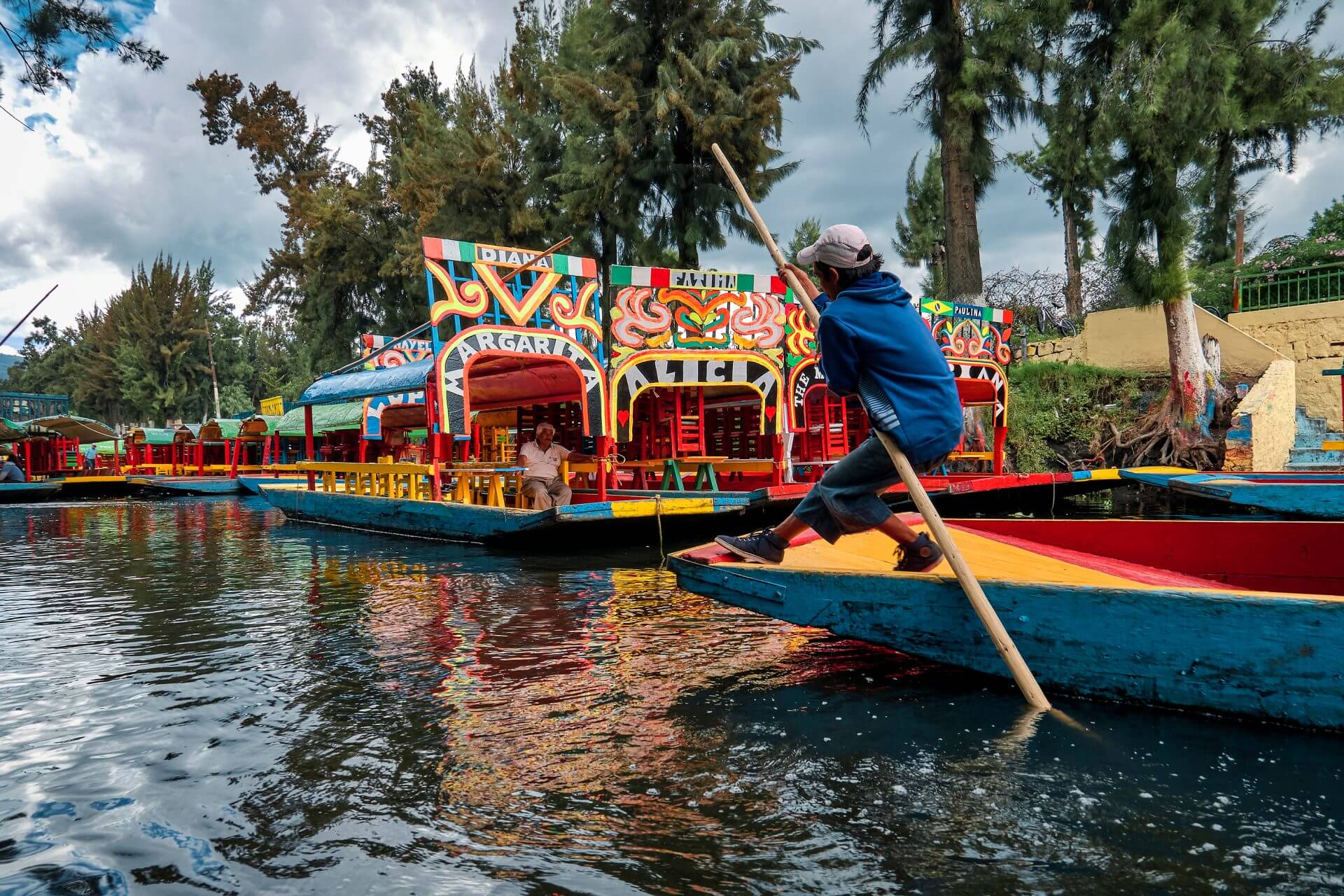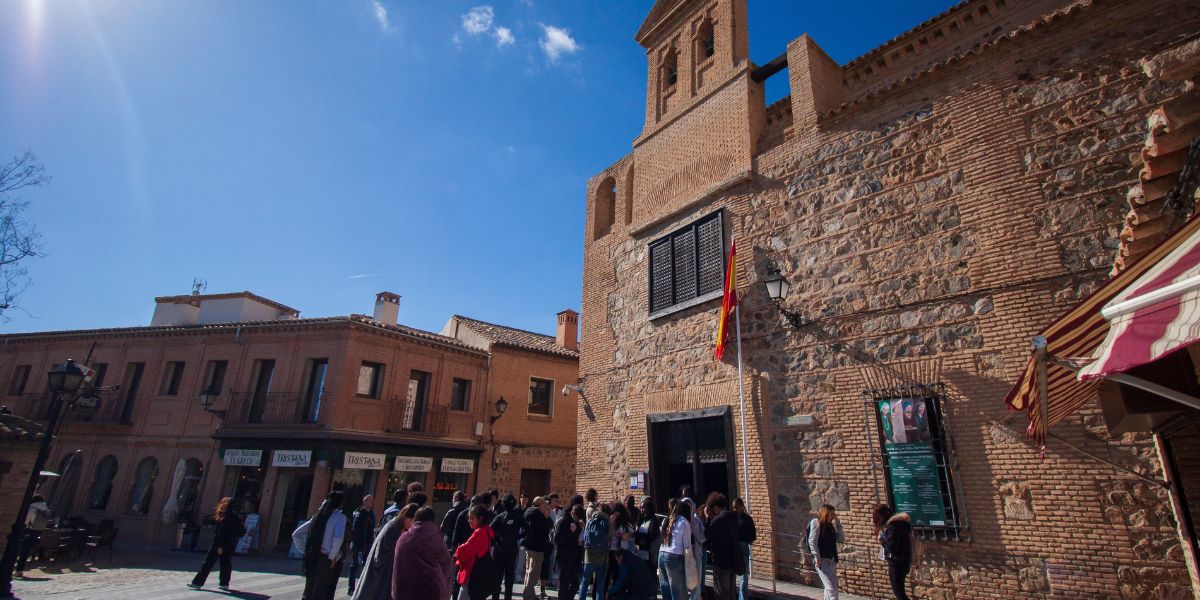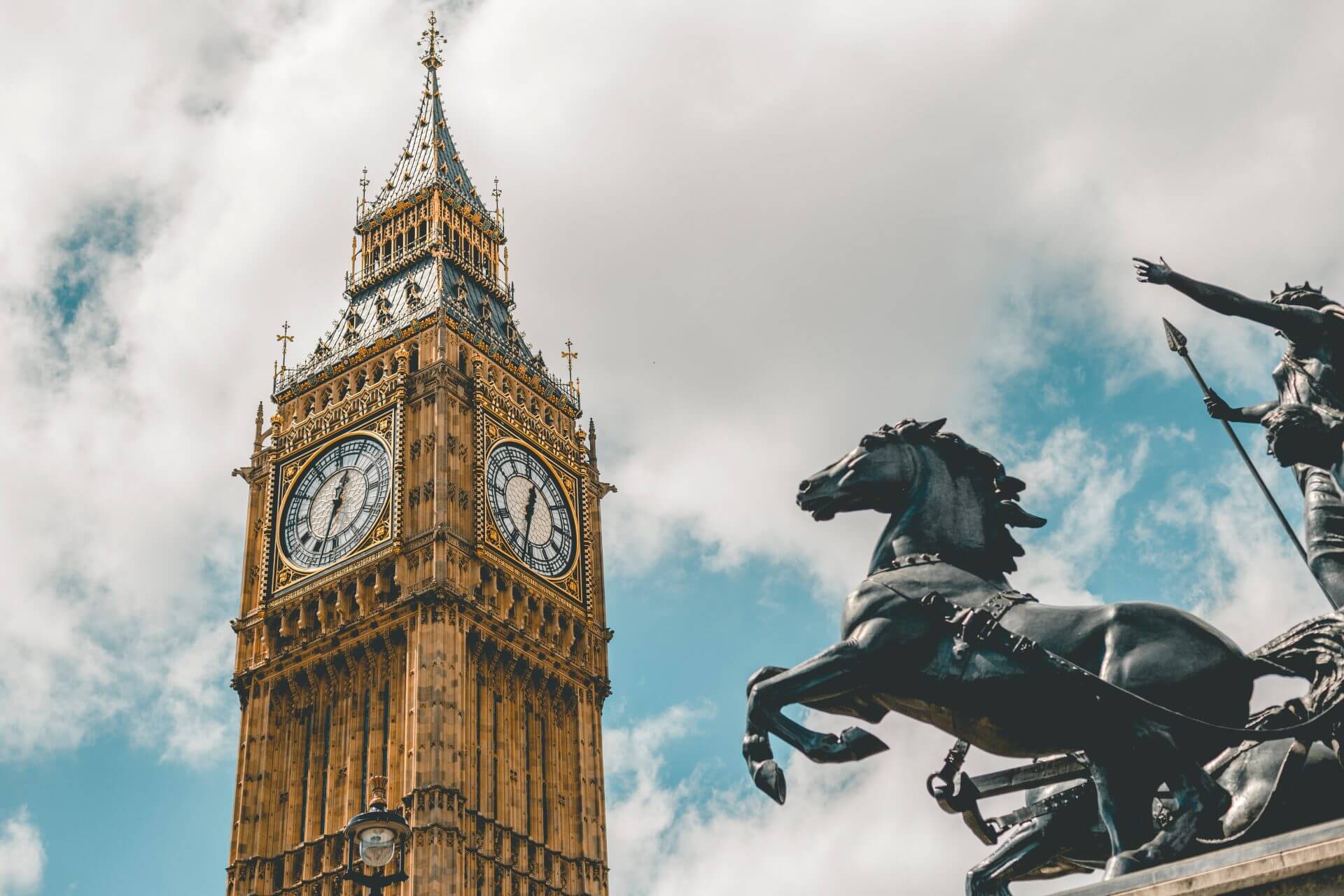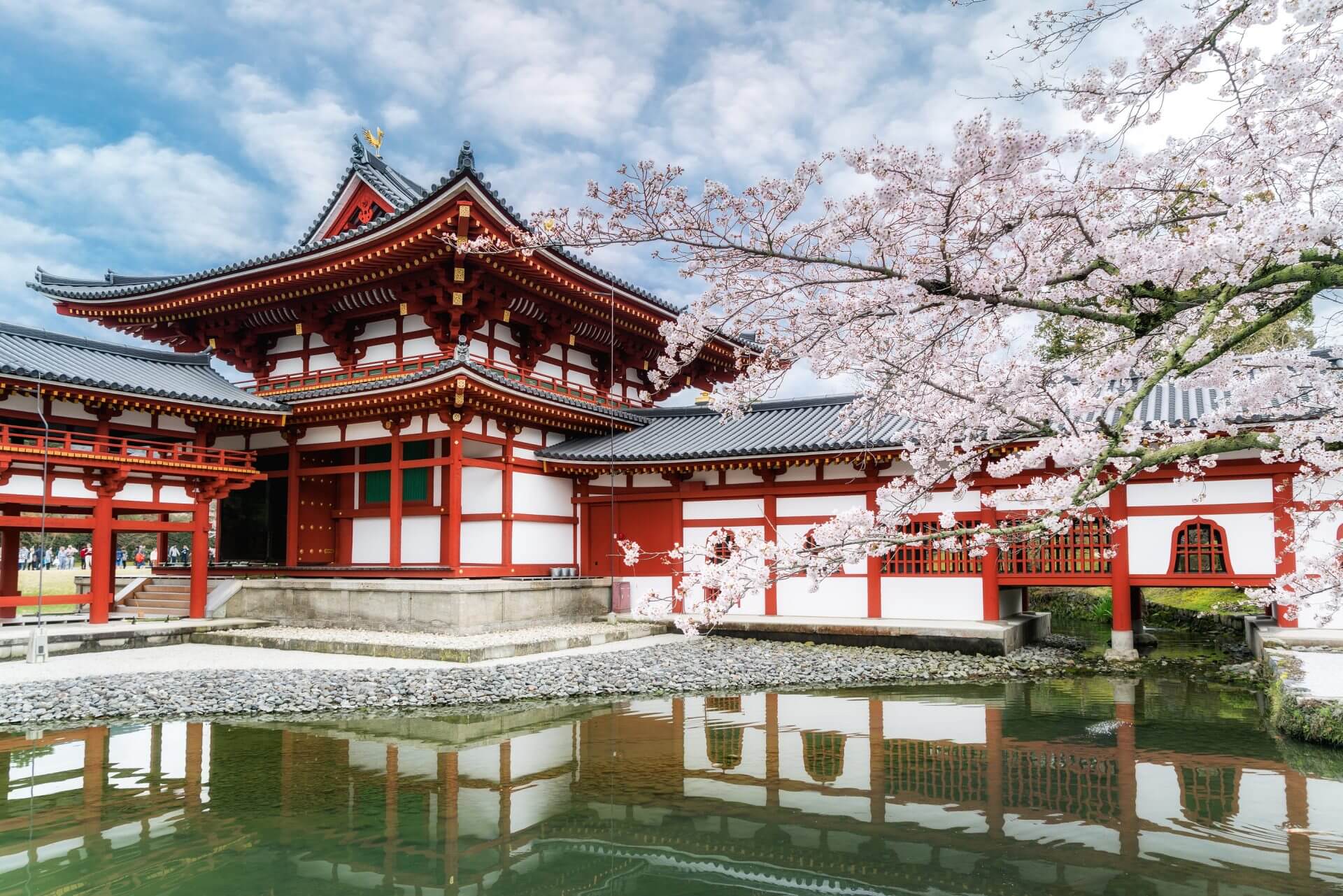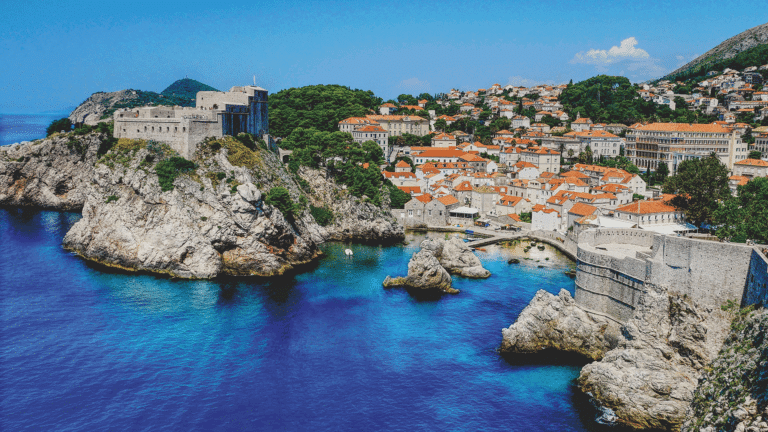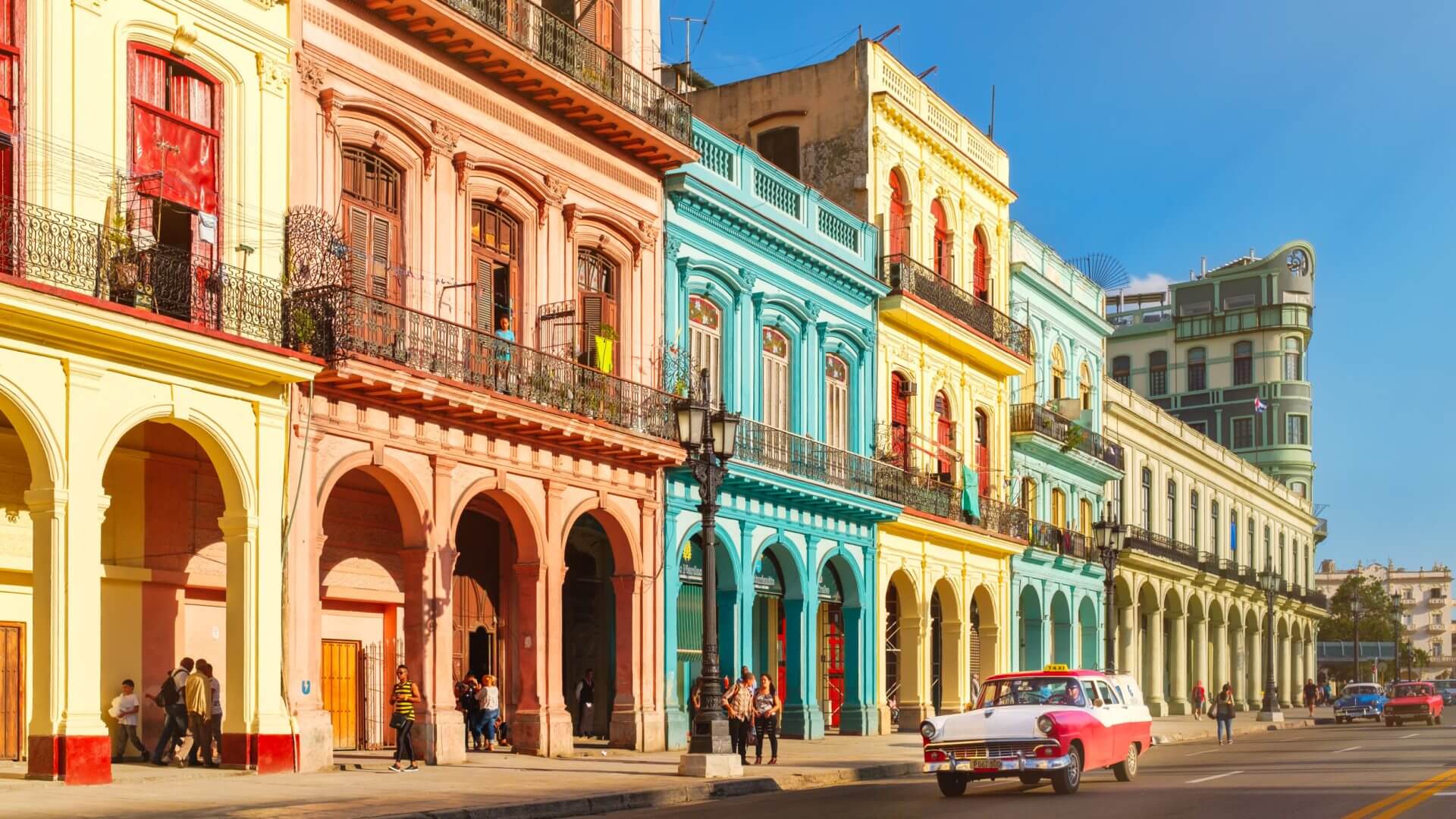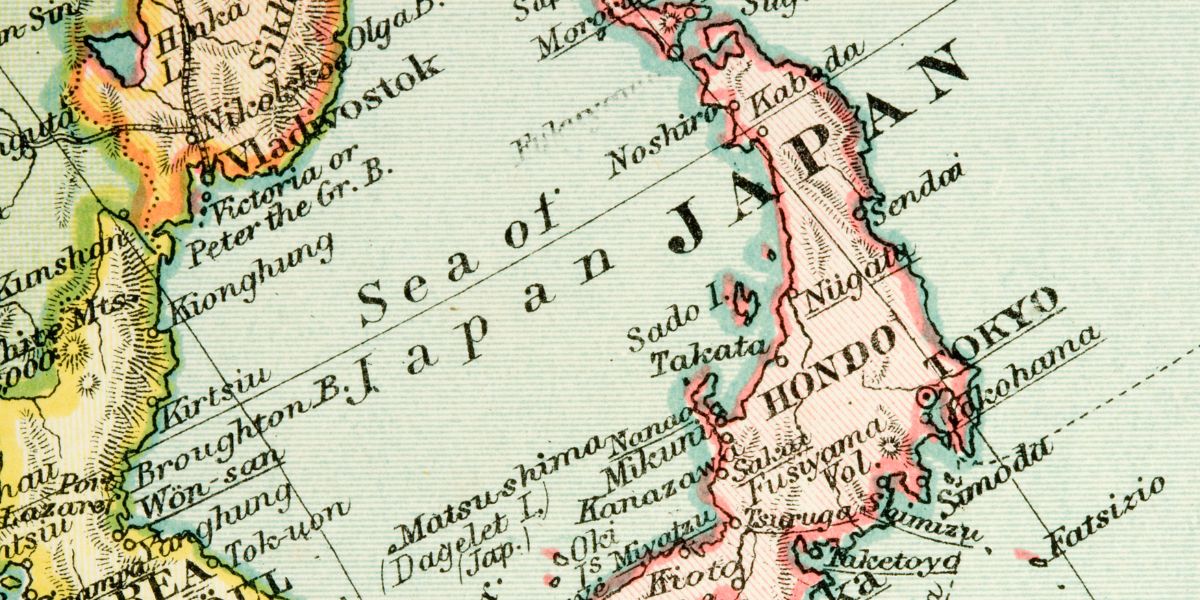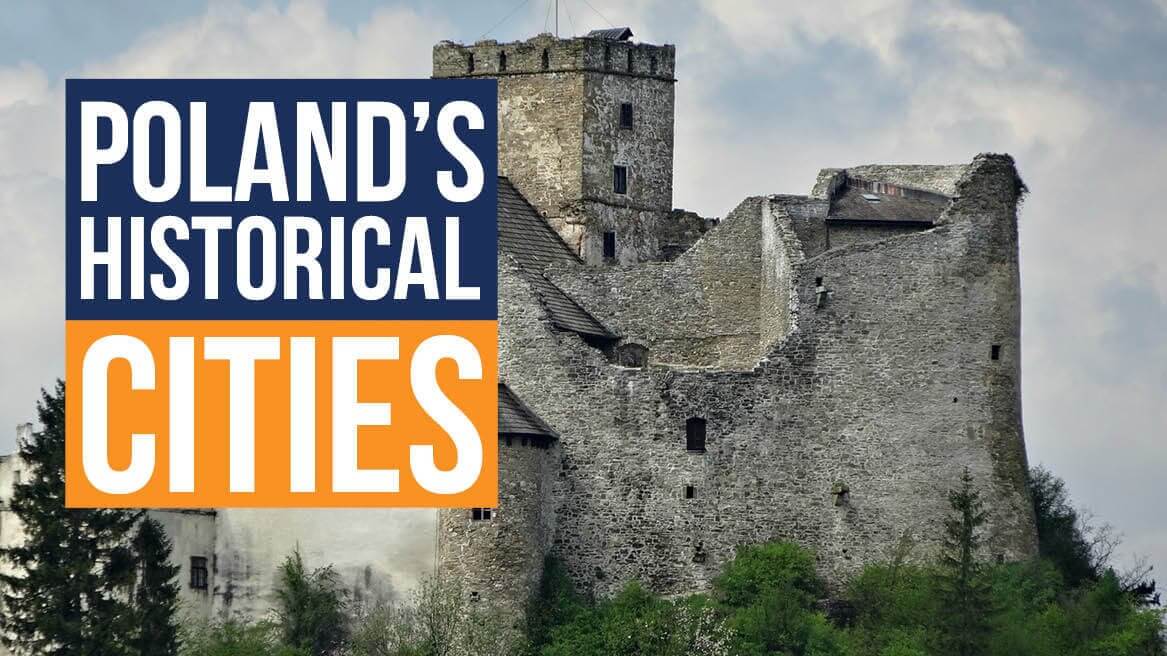
Welcome to the amazing Poland – home of many world’s wonders. Though Prague is certainly one of the most popular places to visit, there are other fascinating and historic cities that are famous in their own right. These centuries-old treasure troves of art, architecture, and culture occupy a major place in the country’s history and in the formation of Poland as we know it today. Wrocław, Gdańsk and Toruń are three such cities. These are great tourist destinations, filled with magnificent sites, monuments, museums, and architectural marvels, which will tell you this great country’s ancient story.
Wrocław
Located on the River Oder, Wrocław was a town of great importance, as it was formed at the intersection of two trade routes. The settlements existed here since the 6th century, and many cultures and religions lived in this area over the centuries. Today, Wrocław is a very popular city, hosting numerous large events throughout the year. There are many major historical sites to visit. First go to the Centennial Hall, a World Heritage Site, then to the city’s oldest part, Ostrów Tumski, which was once an island known as the Cathedral Island, home to the 10th-century Wrocław Cathedral.
Take a walk to the 13th-century Main Market Square (Rynek), home to the Old Town Hall and the St. Elisabeth’s Church with a 91m tower. Nearby you’ll find the Memorial to Slaughtered Animals. Proceed to the 13th-century St. Mary Magdalene Church, then to the burial sites of two Polish monarchs, the St. Vincent and St. James’ Church and the Holy Cross and St. Bartholomew’s Collegiate Church, but also to the White Stork Synagogue and the Old Jewish Cemetery.
For some museum-touring and relaxation, visit the Royal Palace, Poland’s tallest building called the Sky Tower, the Multimedia Fountain, the Szczytnicki Park with the Japanese Garden, the National Museum that houses one of the largest collections of contemporary art in the country, Pan Tadeusz Museum, City Museum of Wrocław, the Museum of Bourgeois Art in the Old Town Hall, Museum of Architecture, and if you’re here in June, enjoy the Festival of Good Beer, as well as the Christmas market in winter.
Gdańsk
Located on the Baltic coast, on the southern edge of Gdańsk Bay, this popular city was erected as a Polish stronghold in the 980s. While it was under different rules throughout its history, Gdańsk was also a royal city of Poland. The city’s 17th-century fortifications are an official national Historic Monument. Among numerous landmarks here, you’ll find the National Museum, the Gdańsk Shakespeare Theatre, the Museum of the Second World War, the Gdańsk Shakespeare Festival, as well as one of Europe’s largest cultural and trade events, dating back to 1260, the St. Dominic’s Fair.
The city is home to the buildings from the 14th century, as well as the Royal Route – a pedestrian road and a former path of processions for visiting Kings of Poland, with elaborate city gates and buildings reconstructed in historical style. While there, you’ll see the picturesque Long Lane and the 17th-century Royal Chapel.
There you’ll also find the Long Market with its famous early 17th-century Neptune’s Fountain and the 14th-century Artus Court. Next stop is the Highland Gate, followed by a host of landmarks, including the Torture House and Prison Tower, the Golden Gate, the Green Gate, the Uphagen’s House, the Lion’s Castle, and the Main Town Hall.
Follow that up with some of the celebrated historical churches, including St. Catherine’s Church and St. Mary’s Church – the world’s largest brick church, built in the 15th century. Outside the historical city center, you’ll find more phenomenal sites, such as the Abbot’s Palace , the Oliwa Cathedral, the Westerplatte, the Wisłoujście Fortress, and the Gdańsk Zoo.
Toruń
The birthplace of astronomer Nicolaus Copernicus, situated on the Vistula, Toruń is one of Poland’s oldest and one of Europe’s most beautiful cities. The first settlement was built here in the 8th century, and the Teutonic Knights expanded it in the 13th century. Like Gdańsk and Wrocław, Toruń too has been the home of people of diverse backgrounds and religions.
Its magnificent architecture encompasses various styles, from Brick Gothic over Mannerism to Baroque. Luckily, during WWII, the city wasn’t bombed, so the Old Town, its iconic marketplace, and the original structures situated there have been fully preserved. The medieval part of the city is a World Heritage Site and one of Seven Wonders of Poland.
While here, make sure to visit the celebrated Museum of Gingerbread, then go to the stunning 14th-century Toruń Cathedral and the 14th-century Cathedral of St. John the Evangelist and John the Baptist, which features superb Gothic sculptures and paintings, Renaissance and Baroque epitaphs and altars, and Poland’s largest medieval church bell, Tuba Dei.
After that, visit the Toruń Castle – the remnants of the 13th-century Teutonic Knight’s castle, the iconic 14th-century St. Mary’s Church and St. James’s Church (often called St Jacob’s Church), the Leaning Tower, the Toruń Fortress, the Toruń Regional Museum, the House of Nicolas Copernicus Museum, the Zoo and Botanical Garden, and a lot more.
